KNIT MAGAZINE
- Yarn/Fiber
Kuzu, an edible plant which is an amazing material for textile as well

- Post date:
- August 31, 2023 07:00
- (Update: April 8, 2025 20:54)
KNIT MAGAZINE

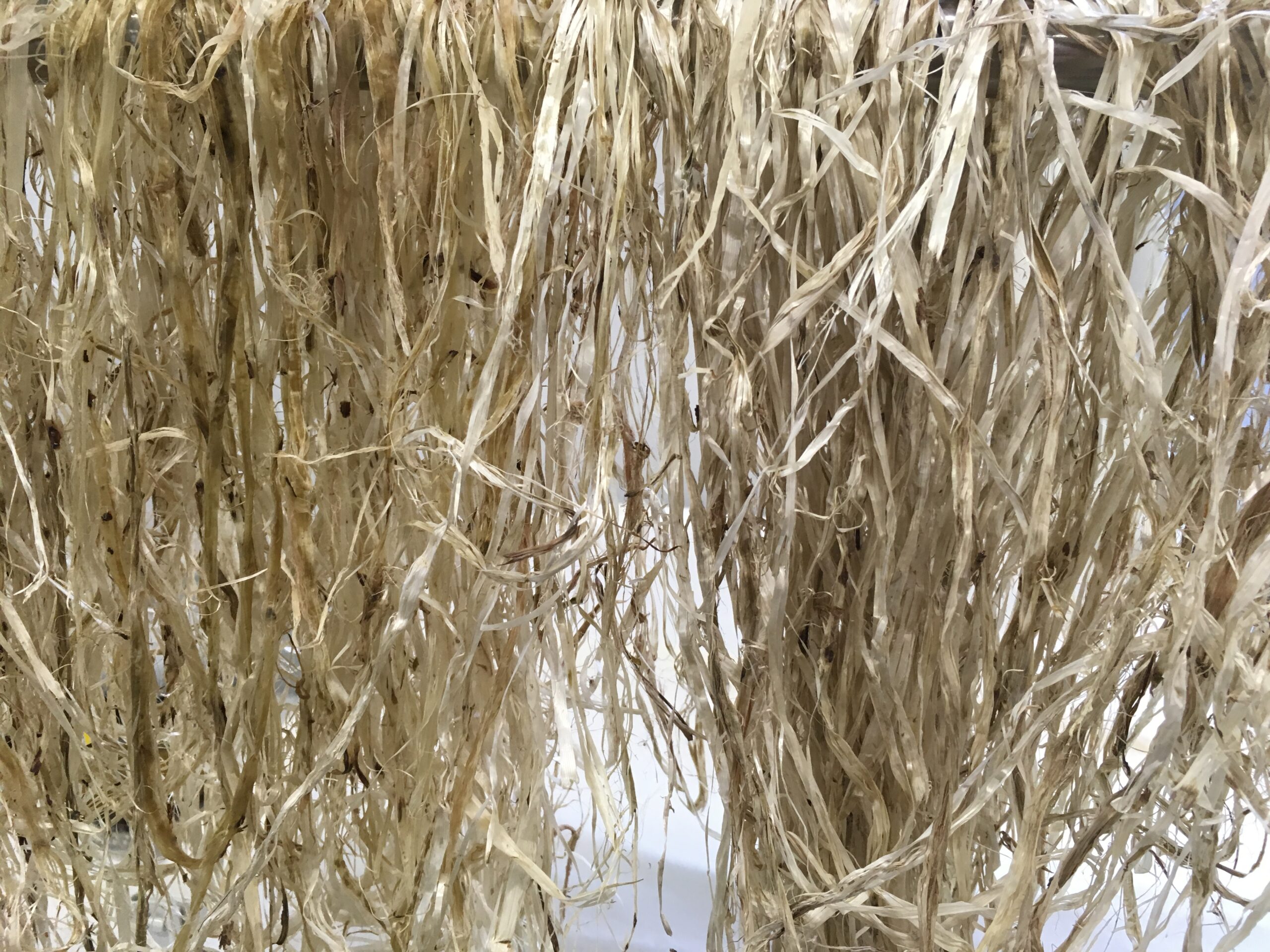
Today, I am going to introduce a plant called “kuzu”(or kudzu)which you can find everywhere in Japan!
For Japanese, kuzu is a familiar plant not just because it is easy to find in the wild, but also because of its multiple value. The plant has big leaves with beautiful shapes. Japanese use the leaves to dye the yarn and the fabric. It can also be the medicine and the plate as well. Nowadays, the root must be the most used part of the whole plant, which I will talk about next time!
This time, I will focus on how Japanese get the kuzu fiber which is used for making fabric and yarns.
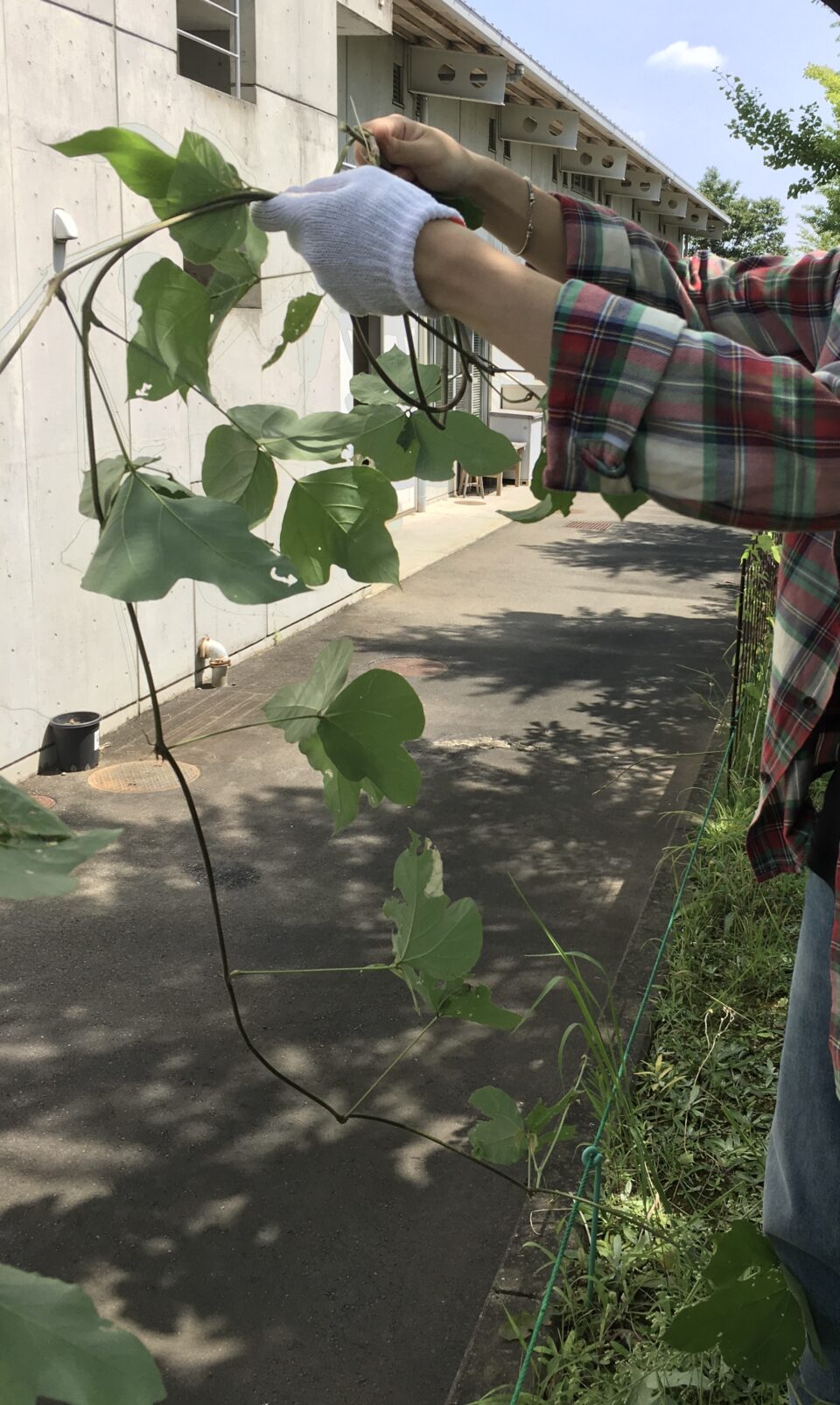
Table of Contents
In one of the books talking about the history of textiles in the western area of Japan, we can see that Japanese used kuzu to knit the fishing net which is a really sustainable way. Even though the net may deteriorate in the ocean, it wouldn’t become the micro plastic which can barely be seen with our eyes.
When I was still studying at the Tama art university, one of my teachers taught me and my friend about getting the fiber of the kuzu. It took quite a long time to get the fiber successfully yet it was a cherishable opportunity, too!
Let’s take a look of all the steps:
It’s easier to find the plant in summer time. Be sure you get a hat before you start looking for the kuzu or you may give up soon. The summer in Japan is super hot. Use the knife to cut the stem near the root. We only need the stem to get the fiber. You can keep the leaf for dyeing the yarn as well.
Susuki is a kind of plant with long leaves which can help the stem of the kuzu to be fermented.
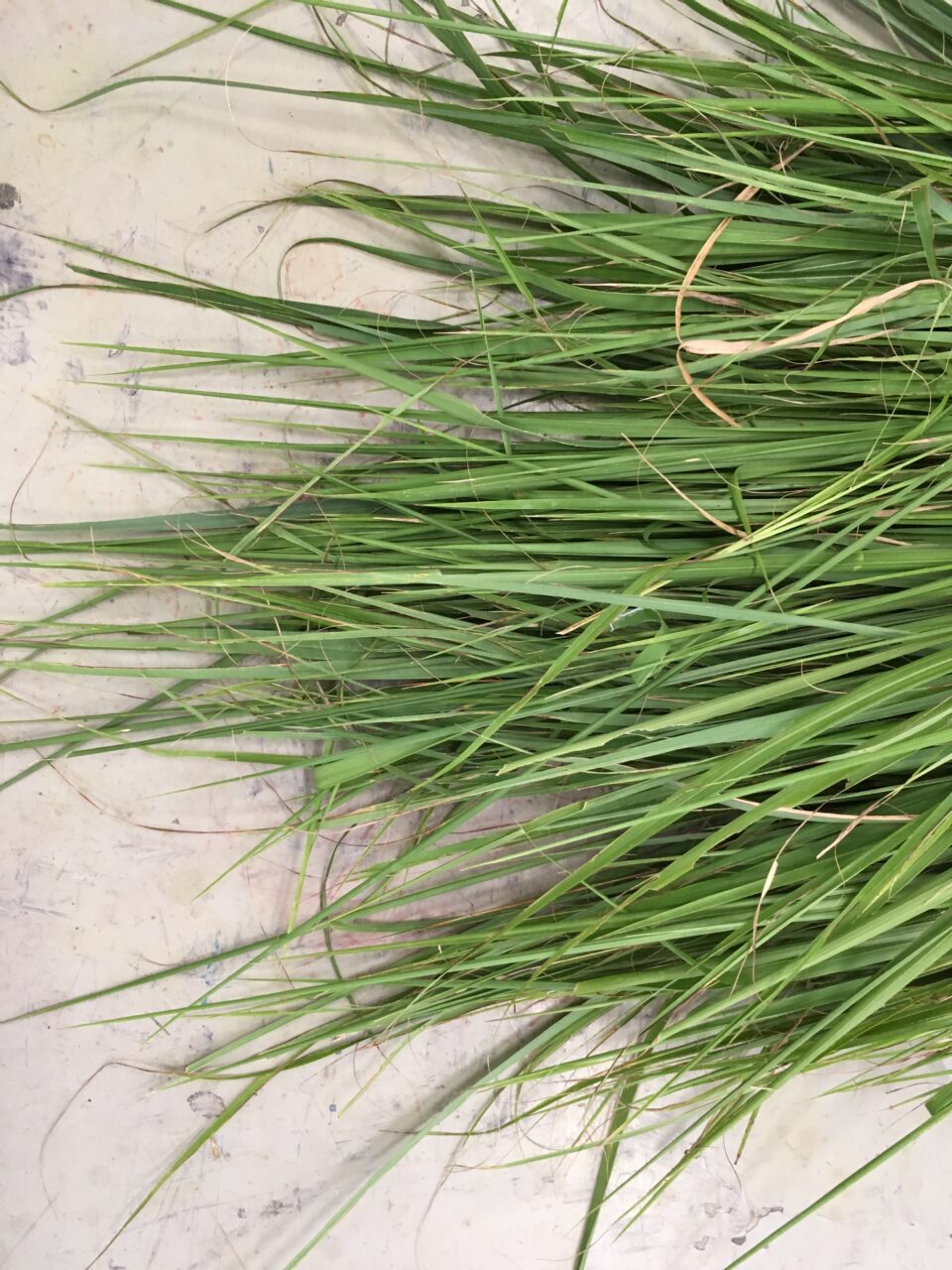
You can dig a hole outside or prepare a big box indoors. Make the long stem of the kuzu into a round shape. Then, boil the kuzu for around 1.5 hours and keep it in the pot until the next day.
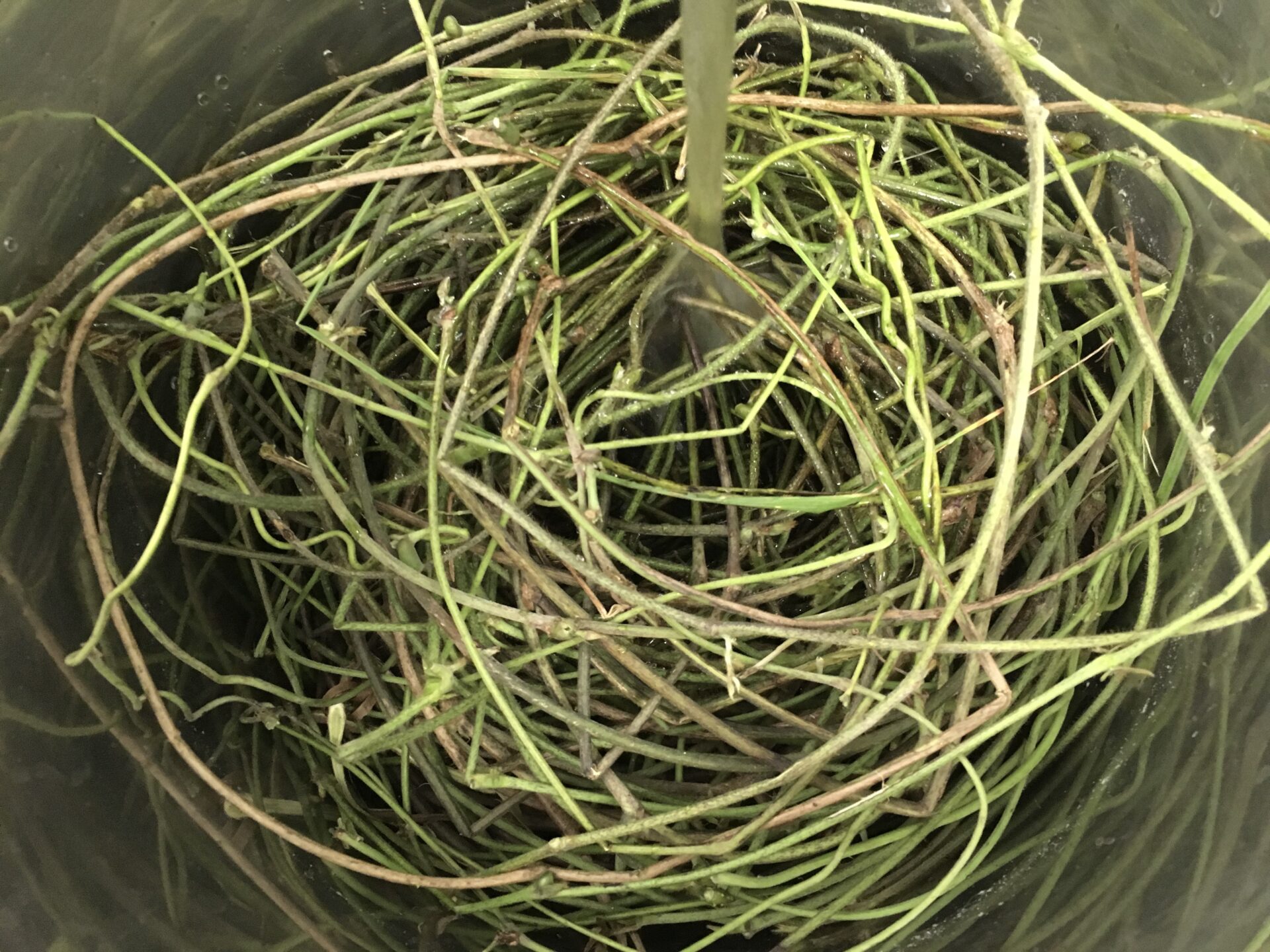
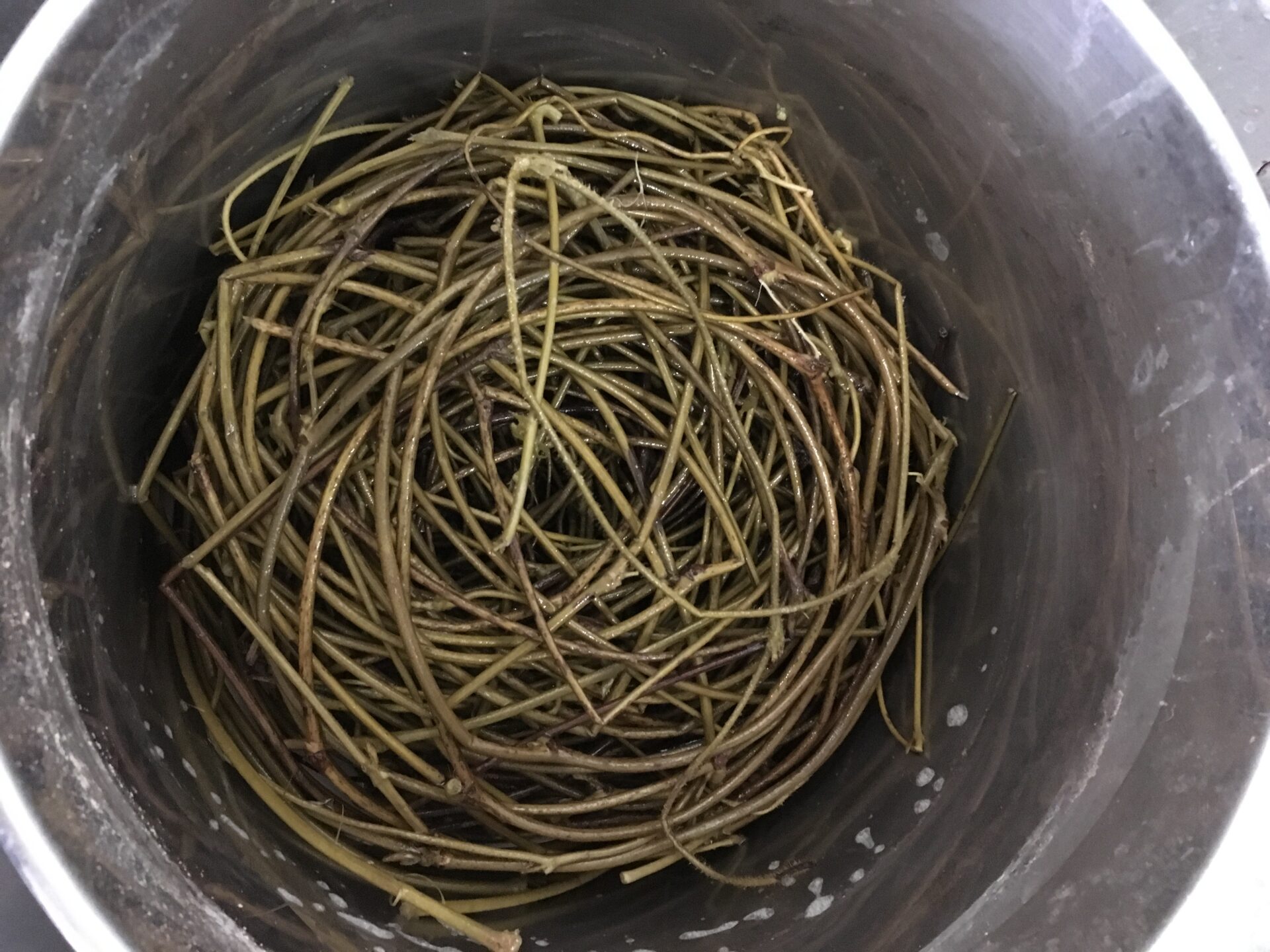
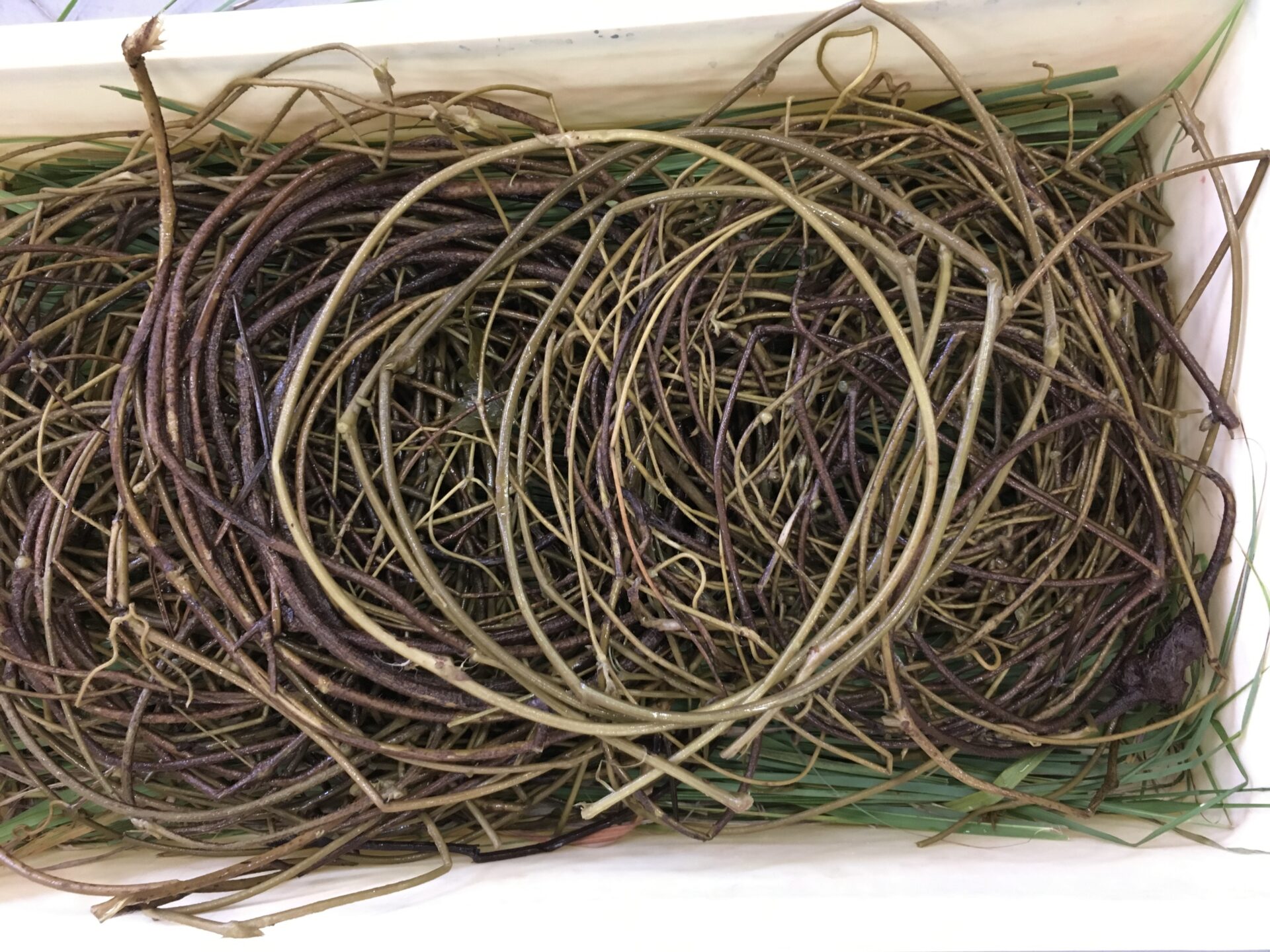
Put some susuki in the bottom of the bed, then put some kuzu on it. Then, put the rest of the suzuki on the top. The point is to make sure that the kuzu is covered by the susuki so that the outside layer of the kuzu can be completely fermented and softened. Also, make sure that the box or the hole is covered during the fermentation.
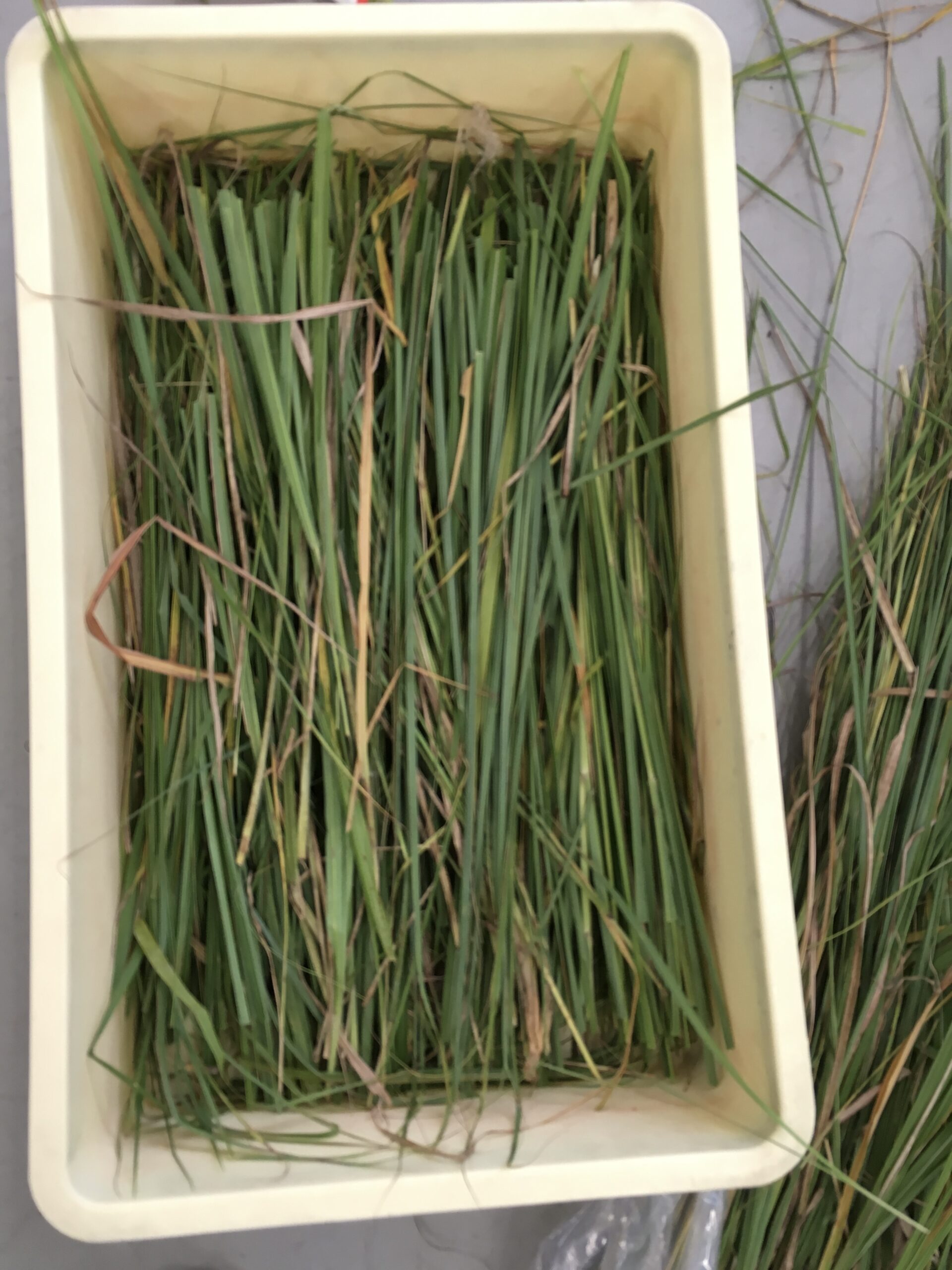
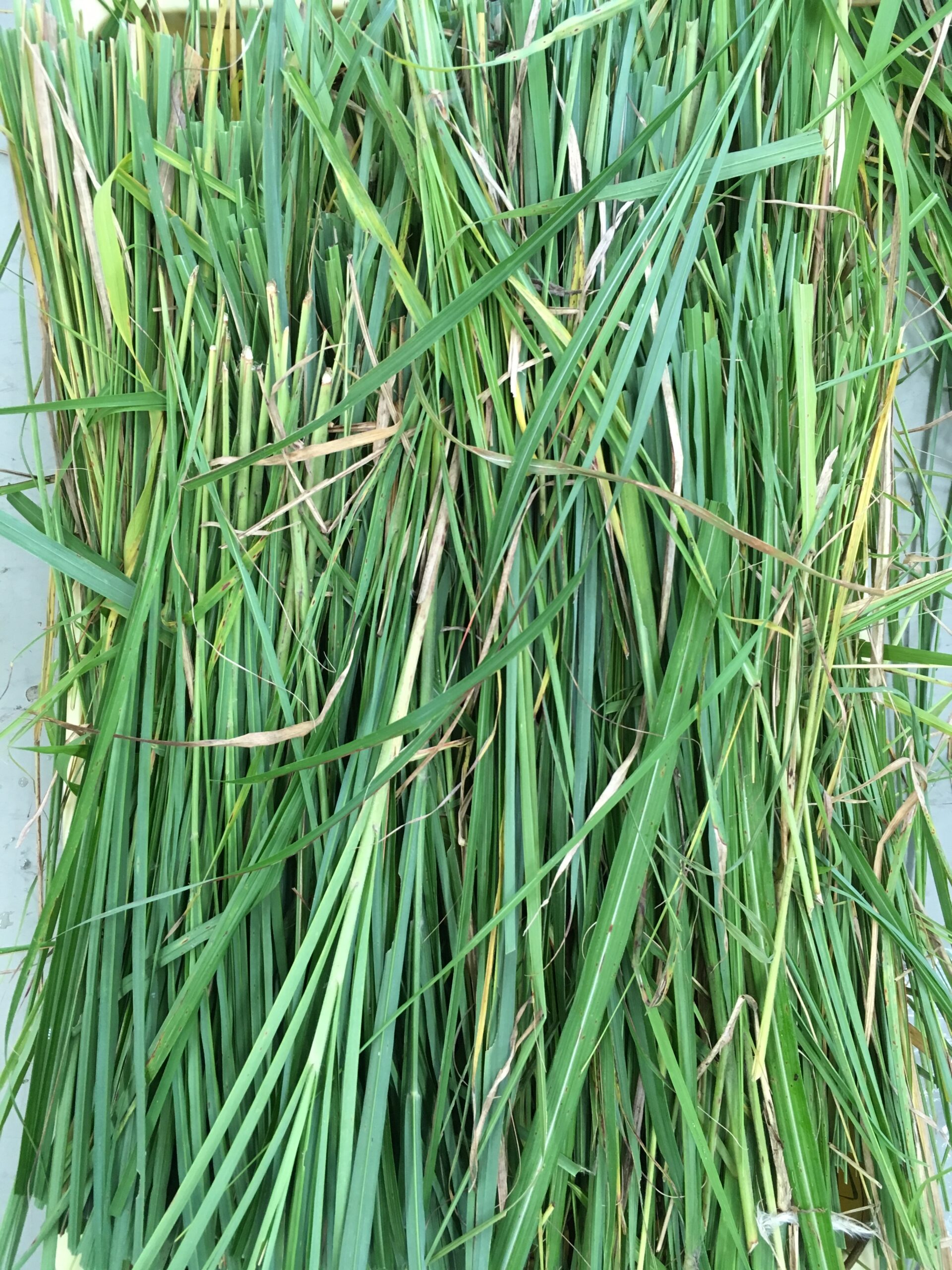
Depending on the temperature, the fermentation may be done after several days to 1 week.
After the fermentation is done, open the bed and get rid of the susuki. Then, you will need to wash the kuzu to get the beautiful fiber. In tradition, Japanese do this in the river. However, let’s just do it wherever you want! After washing, the fiber will be separated apart from the stem.
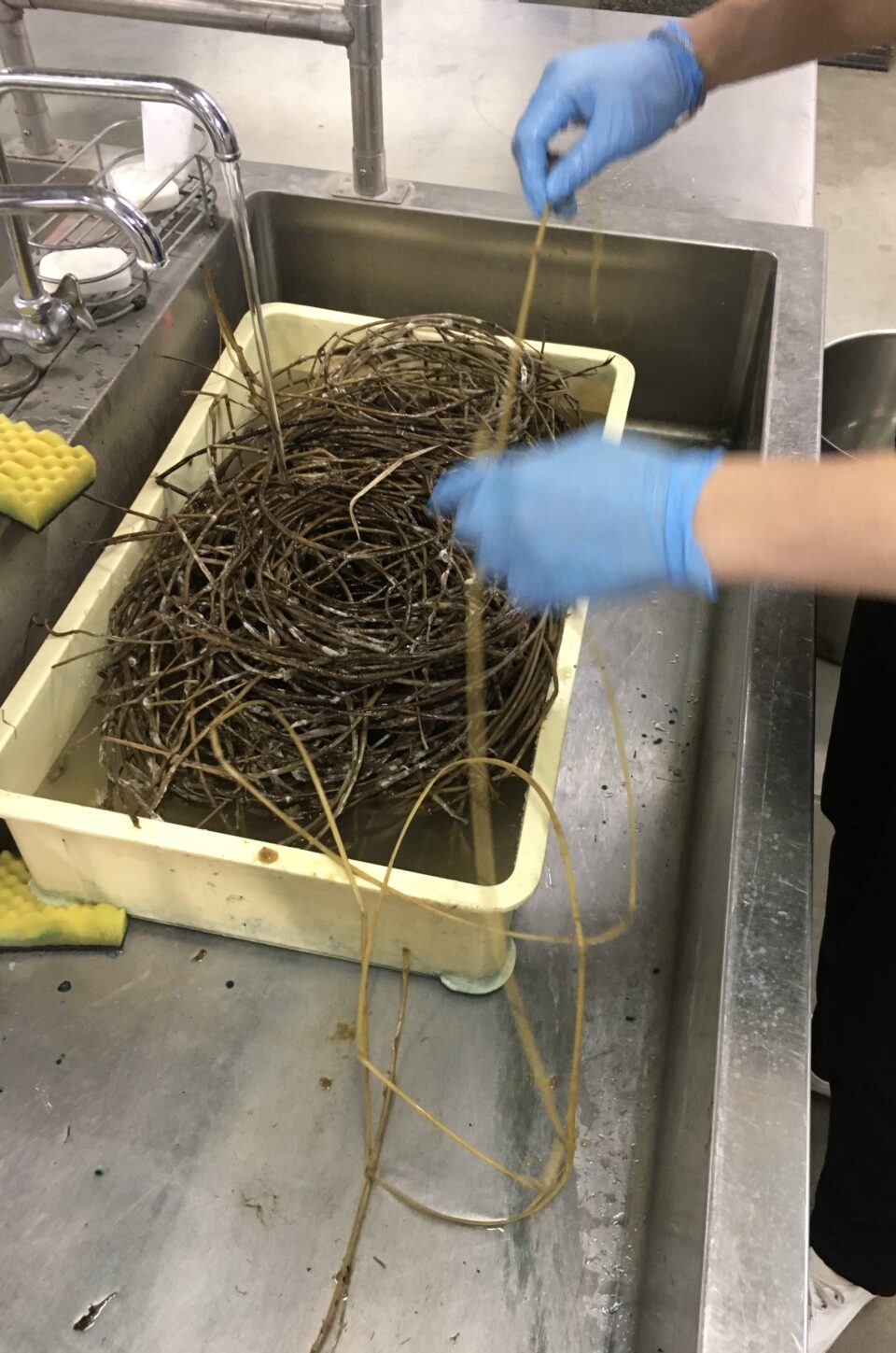
Dry the fiber of the kuzu and then you can use it directly to weave and knit, or give it some twist is also a good choice.
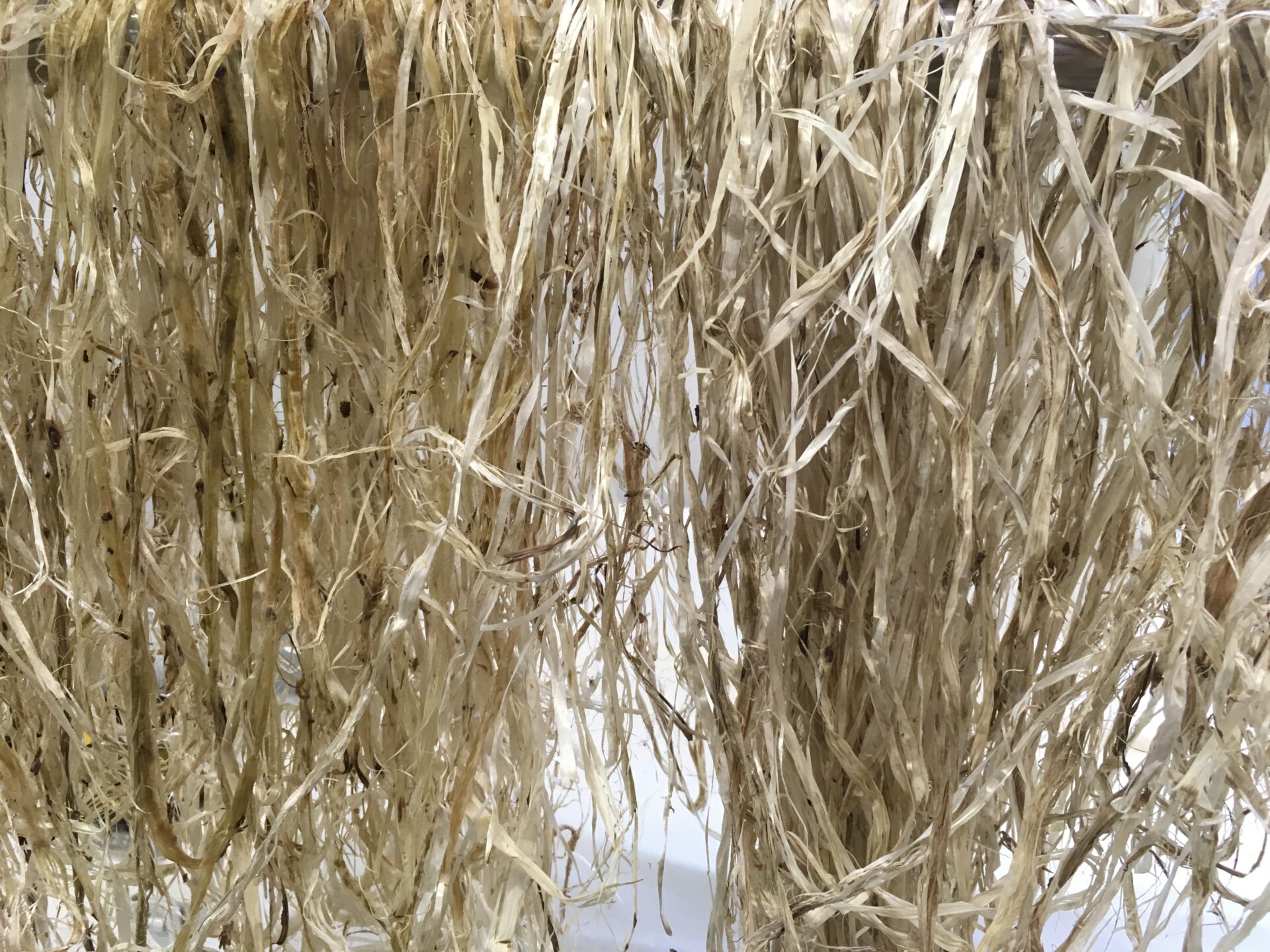
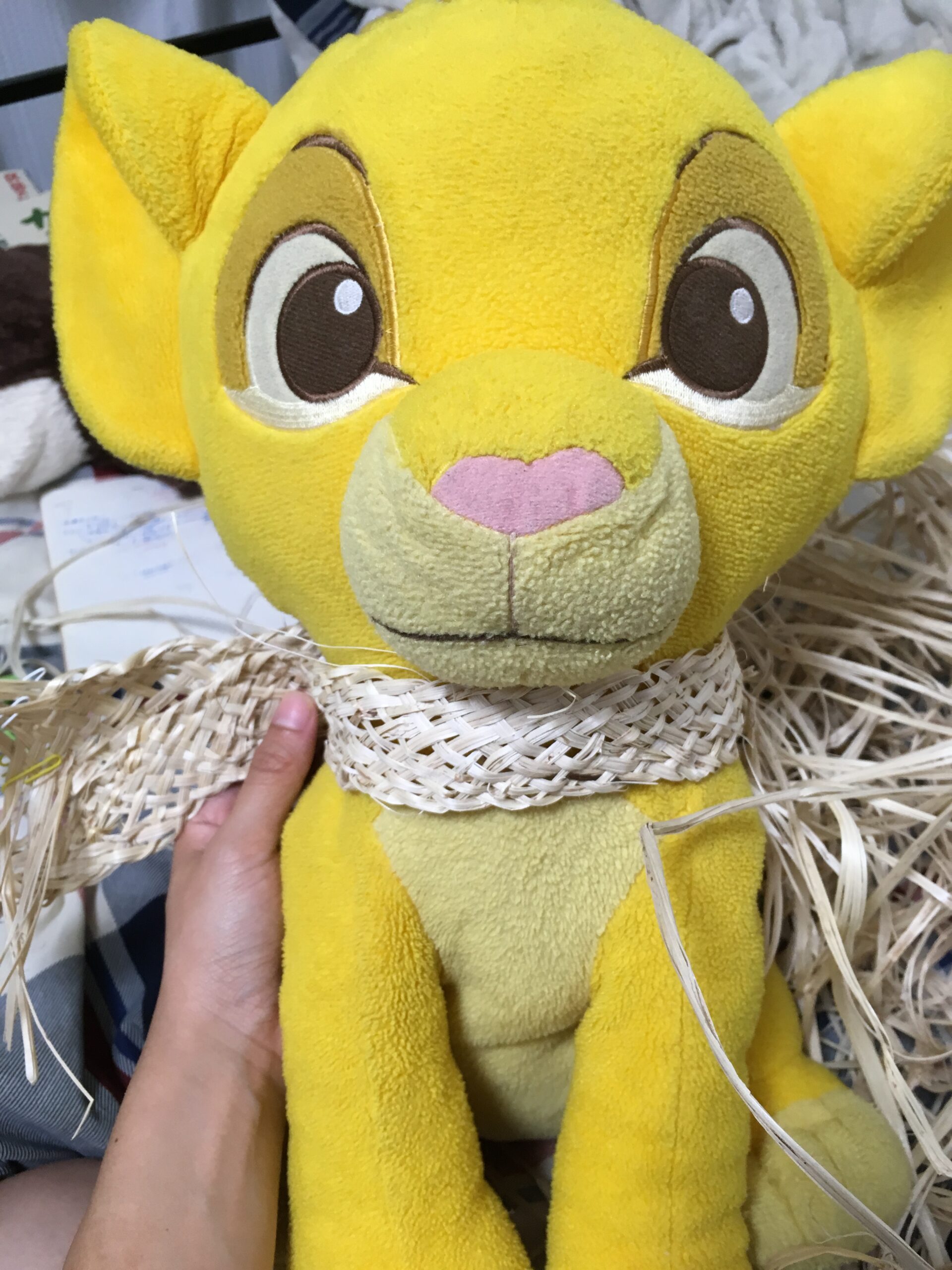
The left is the dried fiber of the kuzu, while the right one is the part of the outside which people usually don’t use.
There are less people who know how to get the fiber of kuzu. Maybe you can be the one! Let’s take a look around you and find the amazing plant!
Maybe we can talk about the food made by kuzu next time. See you!
Subscribe Now
To receive the latest updates and insights, subscribe to our newsletter.
Contact Us
For further inquiries regarding this article, please feel free to contact us.